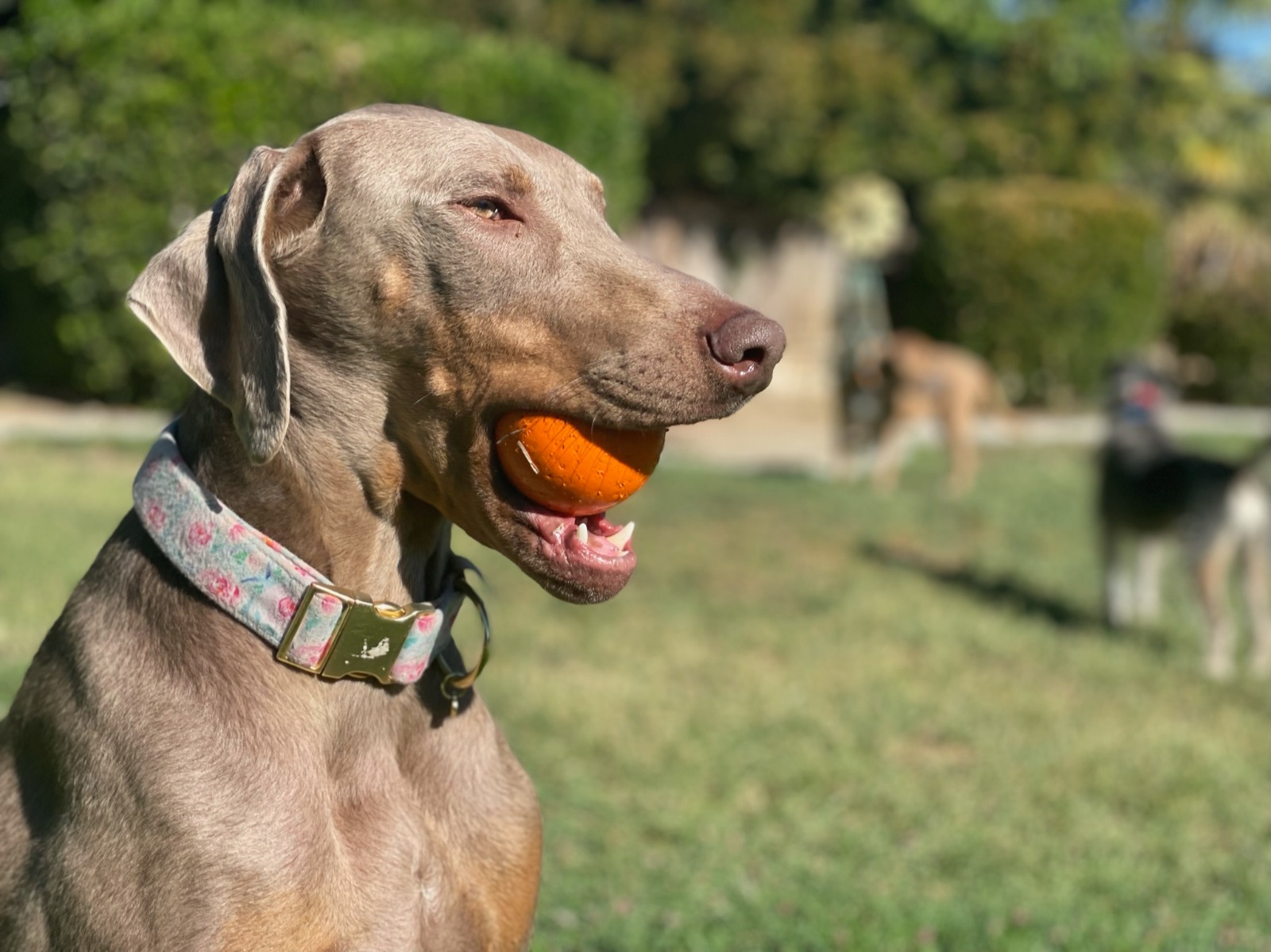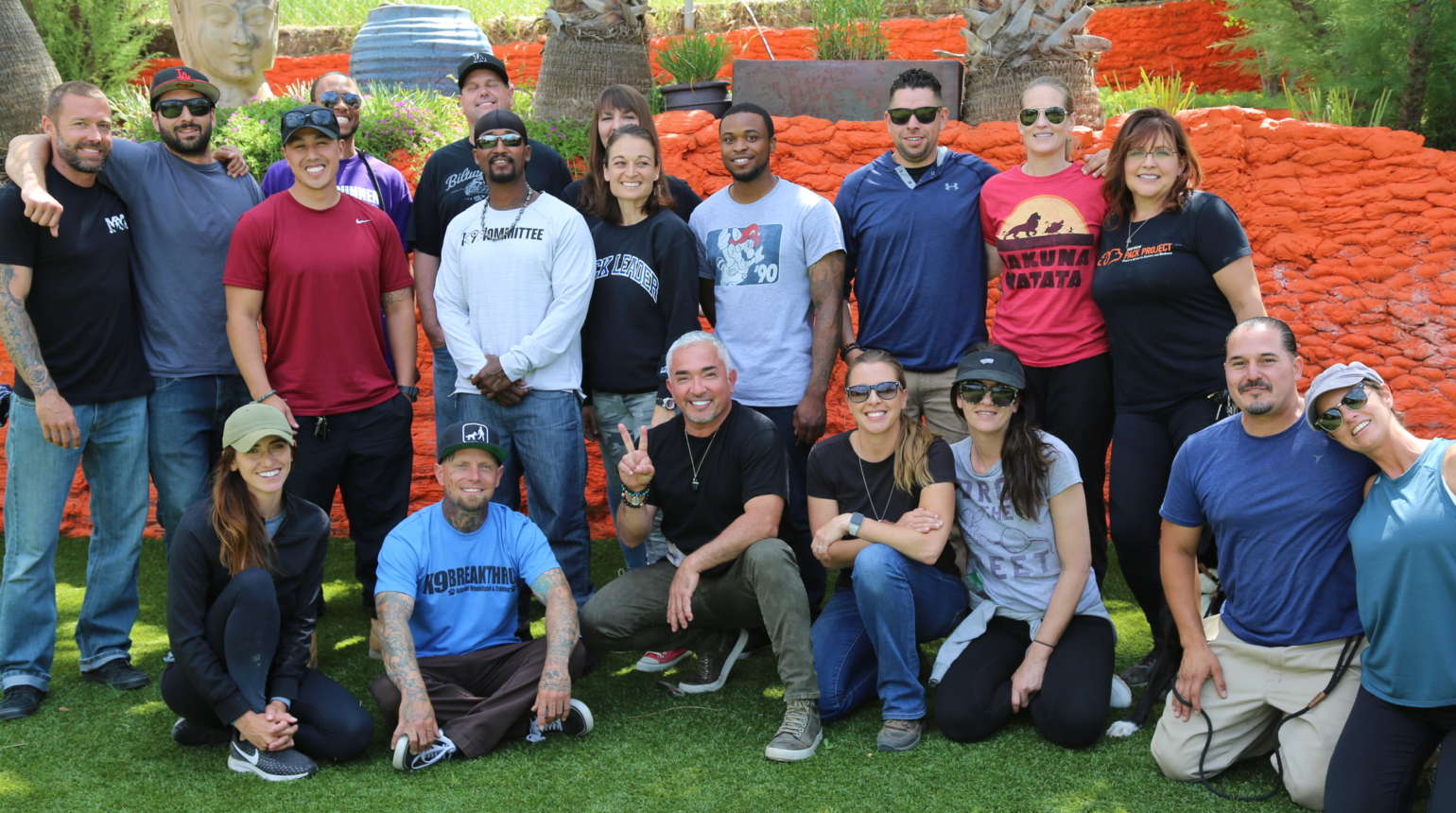Fight and Flight State of the Mind
One of the most fundamental ways that a dog lover can become relevant to a dog is with the comprehension of the four state of minds. The understanding that a dog can only have four responses to stimuli is the foundation of being able to communicate effectively with them These states of mind are:
- Fight – moving towards the stimuli
- Flight – moving away from stimuli
- Avoidance – finding ways not to engage with the stimuli
- Surrender – accepting that the stimuli exists and that it has no effect on me.
Once one can start recognizing what state of mind a dog is in, that becomes the beginning of learning how to speak dog. When I say that I consider myself more of a translator than a dog trainer what I mean is that I allow humans to understand their dog’s behavior as it pertains to dog psychology. “Dogs do speak, but only to those who know how to listen”*. Understanding what the four states of mind look, sound and feel like, gives the human the opportunity to act in a way that is conducive to getting the behavior they want from the other. Often when talking about the dog’s conduct that they want changed, humans don’t realize how they are (unwittingly) contributing to that same behavior. Once we understand the four states of mind, then it becomes easier to shape a behavior that we actually want to enforce. Being proactive instead of reactive.

It is important to note that dogs brains are simpler than our own, their responses to “questions” are always going to be based on instinct alone, not choice. Our role as teachers or coaches is to help them change the relationship towards stimuli so they can be more relaxed when coexisting with us in the human world. A simple way to understand this is imagine you are walking your dog and its starts to rain. You can curse the rain (fight), you can go back home (flight), hide under a tree (avoidance) or simply keep on walking (surrender). All these are choices that we make as a human, and we totally understand that none of these are going to make it stop raining. But a dog’s response to the rain is not deliberate, it simply is a combination of instinct and learned behavior.
So let’s break the states of mind down. One at a time.
Fight
Humans understand what it is to fight for something. To go after it, to work towards a goal. We do it all the time. You want something you go for it. The confusion often comes when we equate a forward moving state of mind with a brawl. Moving towards does not necessarily mean you will have to hurt something or someone. It simply means that one is willing to act in ways that bring them closer to that goal, that stimuli. However it also means that one is in a constant state of alertness and can potentially get in to a brawl. We were taught by our peers that being in a constant state of fight is not an acceptable form of existing. It is not because you want the burger that your friend is eating, that you are allowed to go and take it. Being in a perpetual state of fight means that you are bumping against the world and that is not a healthy place to live in. For dogs that are in a constant state of fight, they are not part of the whole, they are always moving against something.
Hence why most dogs in rehab are dogs that are in a fight state of mind. Most of these dogs equate excitement with tension and when they move towards something it raises their excitement level and their tension. These are dogs that perceive stimuli as something they do indeed need to brawl with or go against. These type of dogs can hurt something or someone. That is not a balanced way to live. Be it for a dog or for a human. Teaching a dog that relates to the world in a fight state is fairly simple. One has to guide them that fight will not get the results they want. How one trains to attain that comes down to technique. I choose to make it more uncomfortable for the dog to move forward in a tense state, then move forward in a relaxed one. That might mean applying leash and/or spacial pressure, that can mean blocking a forward movement when the dog is tense or not allowing them to leave a bed until they surrender to being on said bed. All done is small increments, all done consistently and repeatedly until the animal is able to re-pattern their association with a forward movement or excitement. It often means slowing everything down and sometimes practicing taking one step at a time towards our goal. Instilling in the dog that being in tense and forward moving state of mind will not make them be successful.
Flight
Flight is the parallel response of fight except the dog moves in the opposite direction of the stimuli. A dog that is fearful and constantly trying to run from things is as unbalanced as one that wants to fight everything. They perceive the world as a threat and in extreme cases shut down completely because they become paralyzed by their fear. Using the rain example, these are dogs that as soon as the first drop falls want to run away as fast as they can, even though the rain is not going to hurt them. It is not a rational response, but an instinctual one. Since there are indeed things that one should give space and run away from, but the rain is not necessarily one of them.
Dogs in extreme flight are, in my opinion, the hardest ones to work with. These type of dogs would rather do anything else then coexist with what makes them scared. We often use the term “shut down” to describe these dogs. They are so paralyzed by their fear that they simply do not move. In cases like these one has to find ways to literally get the dog moving forward. Coaching them to come back to a state that is balanced so they can again become part of the world. That often means getting a dog to use their nose, so they can become curious about the world again and not try to run away every time a new stimuli appears around them.
Flight often correlates to a dog that does not trust themselves, they do not feel safe. So a great way encourage a better state of mind is to do activities that raise the endorphins. Things like running or doing agility before introducing the dog to what scares them also helps in repatterining the association. Or asking a dog to share space with what makes them uncomfortable. These types of dogs are very much like prey animals (chickens, sheep, horses) which will usually flee in order to keep themselves safe. When coaching these types of extreme cases one has to almost rebuild the sense of what being a “predator” feels like in the dog.
Flight is different than simply giving space. It means the animal wants nothing to do with the stimuli because they do not feel comfortable coexisting with it. When working with a dog, I encourage them to flee from very few things while at the same time teaching them to give space to a lot of them. The distinction is that one can run back home when its starts raining, but one does not need to be afraid of the rain. If a dog is in a high state of flight, it means that they are feeling at odds with the world, they fear it and that is not a healthy state of mind to live in.
If you want to test what response your dog has to stimuli simply place a broom, box, or any large object in a place they have to pass by and watch their response. Some dogs will immediately go and touch the box (fight), other will give it a wide girth and not come close to it (flight)… the other responses will be avoidance and surrender which will be explained in the next blog.
Happy training.



